Strategies for Ensuring Sustainable Biomass Supply Chains is the search for renewable energy sources that has accelerated at a time when environmental sustainability is becoming more and more important. One resource that stands out as being extremely adaptable and sustainable is biomass, which is produced from organic materials including wood, organic waste, and agricultural residues. Nevertheless, in order to fully realize this potential, biomass must be used and produced in a way that is sustainable along the whole supply chain.
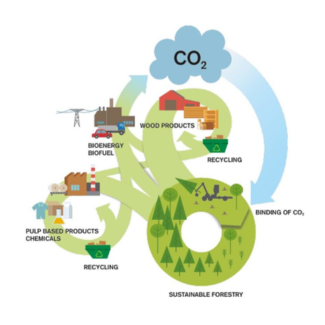
Every stage of the biomass supply chain, from production to distribution and processing, is crucial in determining the material’s overall sustainability and environmental impact. In order to ensure sustainable biomass supply chains, this blog examines important tactics. It also looks at novel ideas, industry best practices, and legislative frameworks that might support the development of more environmentally friendly energy sources.
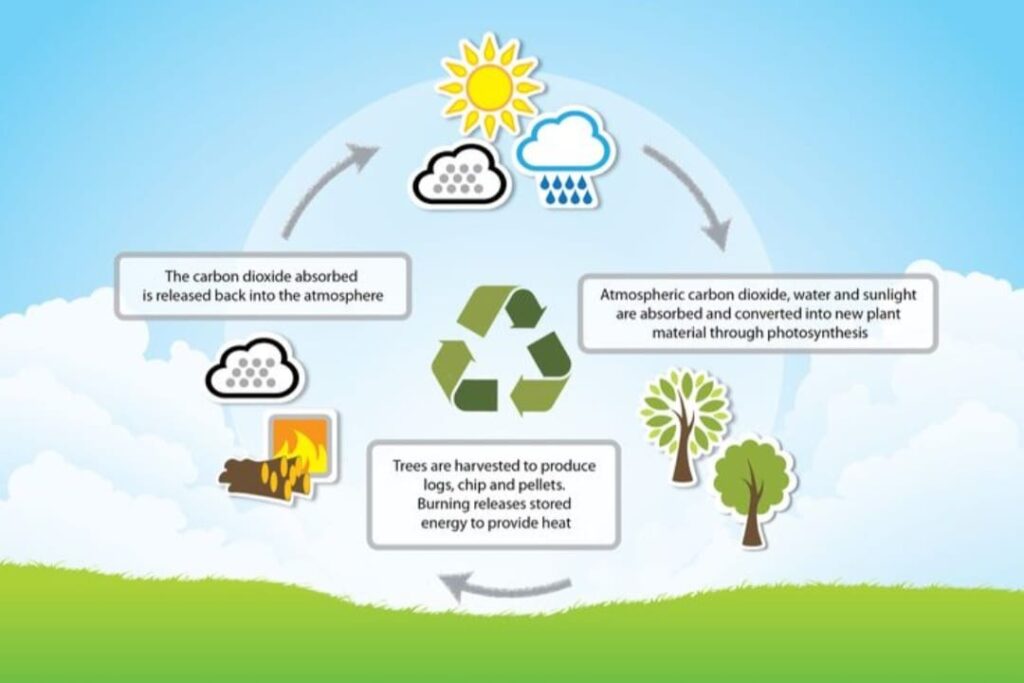
Understanding Sustainable Biomass
Biomass resources that are produced and used sustainably mean that they help society and the economy without harming the environment or depleting natural resources. This calls for a comprehensive strategy that takes into account every stage of the biomass lifecycle, from production and harvesting to processing, shipping, and final application.
Identifying Supply Chains for Sustainable Biomass
Supply chains for sustainable biomass use an integrated strategy that strikes a balance between social welfare, environmental responsibility, and economic feasibility. Biomass provides a renewable energy substitute that can lessen greenhouse gas emissions and lessen dependency on fossil fuels, in contrast to traditional energy sources. Nevertheless, it’s crucial to implement policies that handle pressing sustainability issues if you want to optimize these advantages.
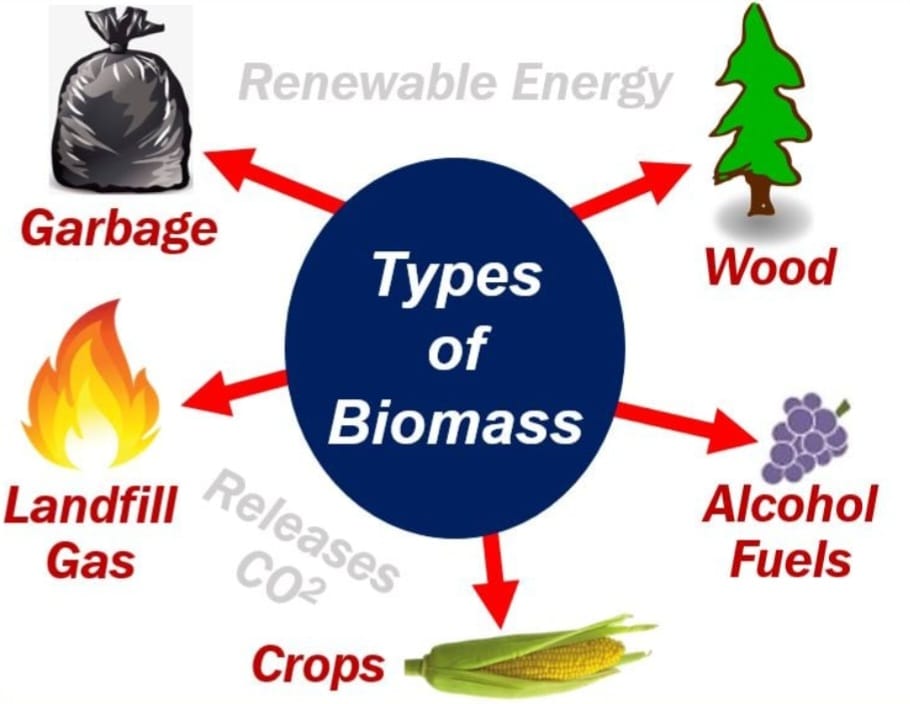
Important guidelines for sustainable biomass include
Sustainability of the environment: preserving water supplies, biodiversity, and healthy soil.
Ensuring that biomass production is profitable and boosts regional economies is known as “economic sustainability.”
Social Sustainability: Encouraging ethical work practices and aiding regional communities.
Sustainable biomass can be an important part of the worldwide shift to renewable energy if it follows these guidelines.
Strategies for Ensuring Sustainability
Ecological Sourcing
To guarantee that the production of biomass does not conflict with the production of food or result in deforestation and other environmental problems, sustainable sourcing is essential. The following are some essential behaviors:
Making Use of Agricultural leftovers: Agricultural leftovers that don’t compete with food crops, such straw, husks, and pruning waste, are good sources of biomass.
Encouraging Non-Food Crops: By cultivating energy crops like switchgrass and miscanthus on marginal terrain unsuitable for food production, food crops can be kept out of competition.
Forest Management: By using sustainable forestry methods, wood biomass is gathered in a way that preserves the biodiversity and health of the forest.
Management of Land Use
Preventing adverse effects on the environment and advancing sustainable development require efficient land use management. Important tactics consist of:
Agroforestry: Adding trees and shrubs to agricultural settings can boost soil health, increase biodiversity, and supply more biomass resources.
Crop diversification and rotation: By alternating biomass crops with food crops or other plants, you can preserve soil fertility and lessen the impact of pests and diseases.
Conservation tillage: Lessening soil disturbance improves carbon retention, lessens erosion, and maintains soil structure.
Effective Resource Management
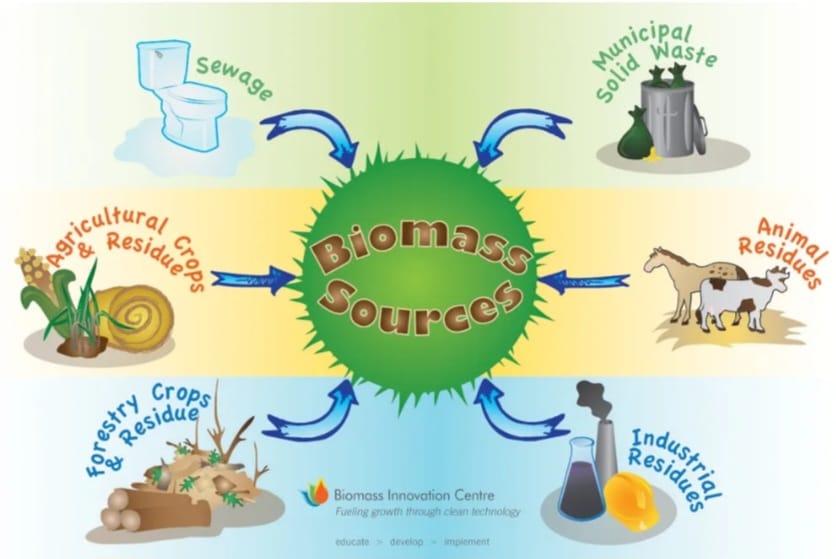
Sustainability requires optimizing the production and use of biomass as efficiently as possible. Important strategies consist of:
Optimizing Biomass Yields: Without increasing the amount of agricultural land used for farming, biomass production can be raised by choosing high-yield crop types and applying precision agriculture techniques.
Reducing Waste: Reducing waste and improving overall efficiency can be achieved by implementing methods that make use of all portions of the biomass feedstock, including leaves, stems, and roots.
Energy-Efficient Processing: The total environmental effect can be decreased by processing biomass into biofuels, biogas, and other products using energy-efficient methods.
Standardization and Accreditation
Through the establishment of standards and the verification of conformity, certification schemes are essential in the promotion of sustainable biomass activities. Important certification programs consist of:
Forest Stewardship Council (FSC): Harvesting biomass from forests in a way that protects forest ecosystems and helps nearby communities is guaranteed by FSC certification.
The Roundtable on Sustainable Biomaterials (RSB) certifies a variety of biomass feedstocks with an emphasis on sustainability in the social, environmental, and economic spheres.
The International Sustainability and Carbon Certification (ISCC) program guarantees the sustainable production of biomass and helps reduce greenhouse gas emissions.
Requirements for Certification
Biomass producers must fulfill particular requirements pertaining to:
Environmental protection is making sure that the production of biomass doesn’t negatively impact species, ecosystems, or natural resources.
Social responsibility includes protecting workers’ rights, making sure salaries are fair, and helping out the community.
Economic viability: Showing that the production of biomass is profitable and boosts regional and national economies.
Advantages of Obtaining Certification
A certification has a number of advantages, such as:
Market Access: Products made from certified biomass can enter exclusive markets and satisfy local regulations in a number of locations.
Consumer Confidence: Certification provides reassurance to customers on the sustainable production of the biomass products they buy.
Environmental Impact: The use of certified biomass production techniques aids in biodiversity conservation and environmental protection.
Frameworks for Policies and Regulations
In order to ensure that biomass supply chains follow sustainability criteria and to promote sustainable biomass production, government rules and regulations are essential. Important policy initiatives consist of:
Financial incentives and subsidies for the production of sustainable biomass can motivate farmers and other producers to use best methods.
Research and Development: Innovations that improve efficiency and sustainability can result from funding research and development in biomass technologies.
Regulatory Standards: Enforcing and putting into effect regulations pertaining to the production and use of biomass guarantees adherence to sustainability standards.
Instances of Effective Policies
The European Union Renewable Energy Directive, or EU RED, establishes sustainability standards for biofuels and biomass to make sure they don’t damage the environment and help reduce greenhouse gas emissions.
United States Renewable Fuel Standard (RFS): The RFS establishes sustainability criteria for the development of renewable fuels and requires their usage, including biofuels.
Brazil’s RenovaBio Program: RenovaBio uses carbon credit and certification systems to encourage the development of biofuels sustainably.
Possibilities and Difficulties
Although policy frameworks are essential for advancing sustainability, they also confront some difficulties, including:
Implementation and Enforcement: It can be difficult to make sure that policies are properly carried out and upheld, particularly in areas with little funding.
Balancing Interests: It takes much thought and negotiation to balance the interests of many parties, such as farmers, business, and environmental organizations.
Adapting to Change: New technology and shifting market dynamics are only two examples of how policies need to be adaptive and flexible.
Technological Innovations
Enhancing the sustainability and efficiency of biomass supply chains requires technological advances. Important inventions consist of:
Advanced Biomass Conversion Technologies: With great efficiency and minimal environmental effect, technologies like anaerobic digestion, pyrolysis, and gasification can transform biomass into useful products like syngas, biogas, and bio-oil.
Biotechnology: Developments in biotechnology have the potential to produce high-yield, low-impact biomass crops with higher energy output and lower input requirements.
Supply Chain Management: By optimizing the movement and storage of biomass, cutting expenses and emissions, creative logistics and supply chain management solutions can be implemented.
Case Studies
Anaerobic Digestion in Germany: Germany is a successful user of anaerobic digestion technology, which turns organic waste and agricultural wastes into biogas, which is used to produce heat and energy.
Pyrolysis Projects in the United States: A number of projects in the country use pyrolysis to produce biochar and bio-oil from forestry residues and other biomass feedstocks, which helps to improve the soil and provide sustainable energy.
Gasification in India: India has established gasification facilities that utilize agricultural waste to create syngas, which is utilized as a fuel for cooking and the production of power.\
Impacts on the Economy and Society
The economic and social effects of biomass supply chains must be taken into account to ensure their sustainability. Important things to think about are:
Economic Benefits: The production of sustainable biomass has the potential to boost rural development, generate jobs, and strengthen regional and national economies.
Social Implications: Ensuring equitable resource distribution, fostering fair labor practices, and assisting local communities are all crucial for social sustainability.
Handling Potential Conflicts: Long-term sustainability depends on juggling the demands of multiple stakeholders and resolving potential conflicts like resource allocation and competition for land usage.
Case Studies
Job Creation in Brazil:Brazil’s sugarcane ethanol sector has produced thousands of jobs in rural areas, boosting the country’s economy and reducing poverty.
Kenyan Community Involvement: Through sustainable charcoal production, community-based biomass projects have strengthened local communities’ livelihoods and given them a source of income.
Equitable Resource allocation in Indonesia: To the benefit of nearby communities, Indonesia’s palm oil sector has imposed sustainability criteria that encourage fair labor practices and equitable resource allocation.
Major Obstacles in Biomass Supply Chains
Impact on the Environment: ensuring that the production of biomass does not contribute to deforestation or the loss of biodiversity.
Resource management is the process of using biomass effectively without consuming too many natural resources or interfering with food crops.
Making biomass production financially viable for farmers and other stakeholders is known as economic viability.
Social responsibility: maintaining ethical work practices and aiding nearby communities that produce biomass.
Case Studies on Biomass Sustainability
Case Study 1: Sustainable Biomass in Scandinavia
Strict forestry laws and certification schemes in Scandinavia have made it possible to manage forests sustainably for the generation of biomass. Scandinavian nations have created strong biomass supply chains that support regional energy independence and environmental sustainability by combining biomass production with local economic development and biodiversity conservation.
Case Study 2: Agricultural Residues in the United States
Utilizing agricultural leftovers for biomass production, such as wheat straw and corn stover, has become more popular in the US. Farmers, researchers, and industry partners have worked together to maximize residue collection techniques while maintaining soil health and advancing sustainable farming methods. This strategy improves rural livelihoods and agricultural productivity while lowering greenhouse gas emissions.
In summary
As a renewable energy source that can help meet the world’s energy demands while reducing climate change, sustainable biomass has enormous promise. We can minimize the negative effects of biomass while optimizing its positive effects on the environment, economy, and society by implementing measures to ensure sustainable biomass supply chains.
Farmers, producers, lawmakers, and consumers—as well as other stakeholders in the biomass supply chain—must work together and demonstrate a commitment to sustainable practices in order to do this. We can develop a sustainable biomass business that helps to create a more environmentally friendly and sustainable future by encouraging sustainable sourcing, effective resource utilization, certification, supportive regulations, and technological breakthroughs.
Urge to Take Action
If you’d like to know more about sustainable biomass and how you can help with sustainable energy solutions, you could look into other resources and join groups that are involved in this industry. We can influence change and advance a more sustainable world if we work together.
What is the role of biomass in sustainable development?
Biomass can be a carbon-neutral energy source if it is managed responsibly. A closed carbon cycle is created when biomass is burned for energy, releasing the carbon dioxide that plants have taken in during growth.
Is biomass sustainable for the future?
Future generations may find woody biomass to be one of the main renewable energy sources if it is managed well and sustainably.

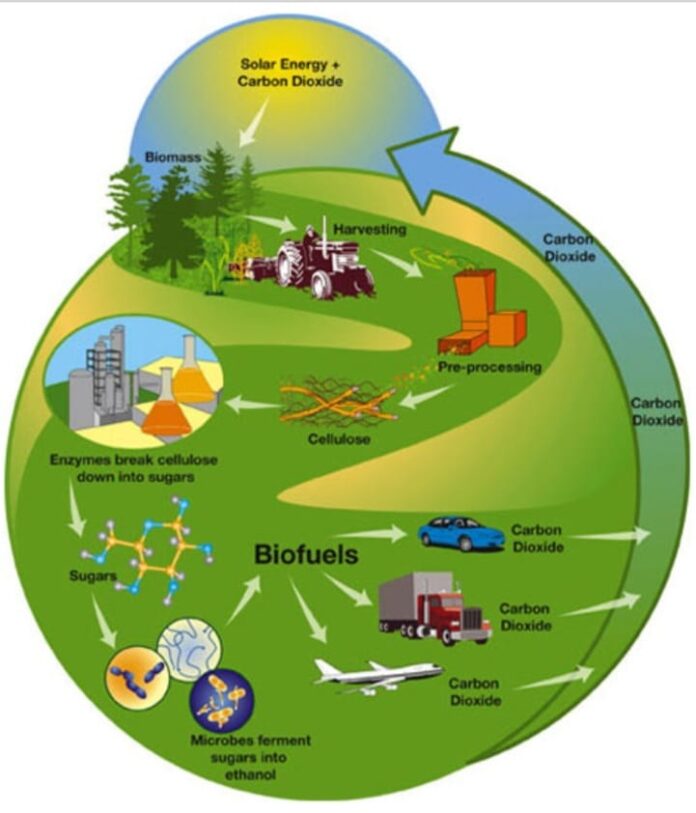

[…] revolutionary strategy for producing sustainable energy is represented by biomass conversion and biorefinery operations. These technologies can lower […]